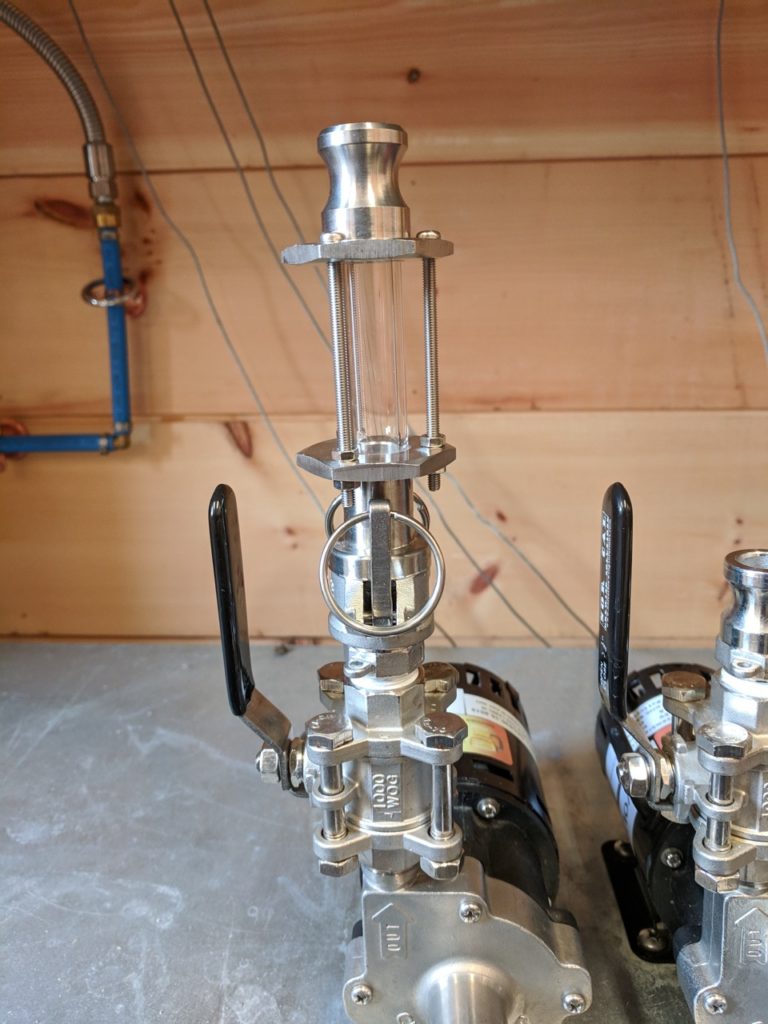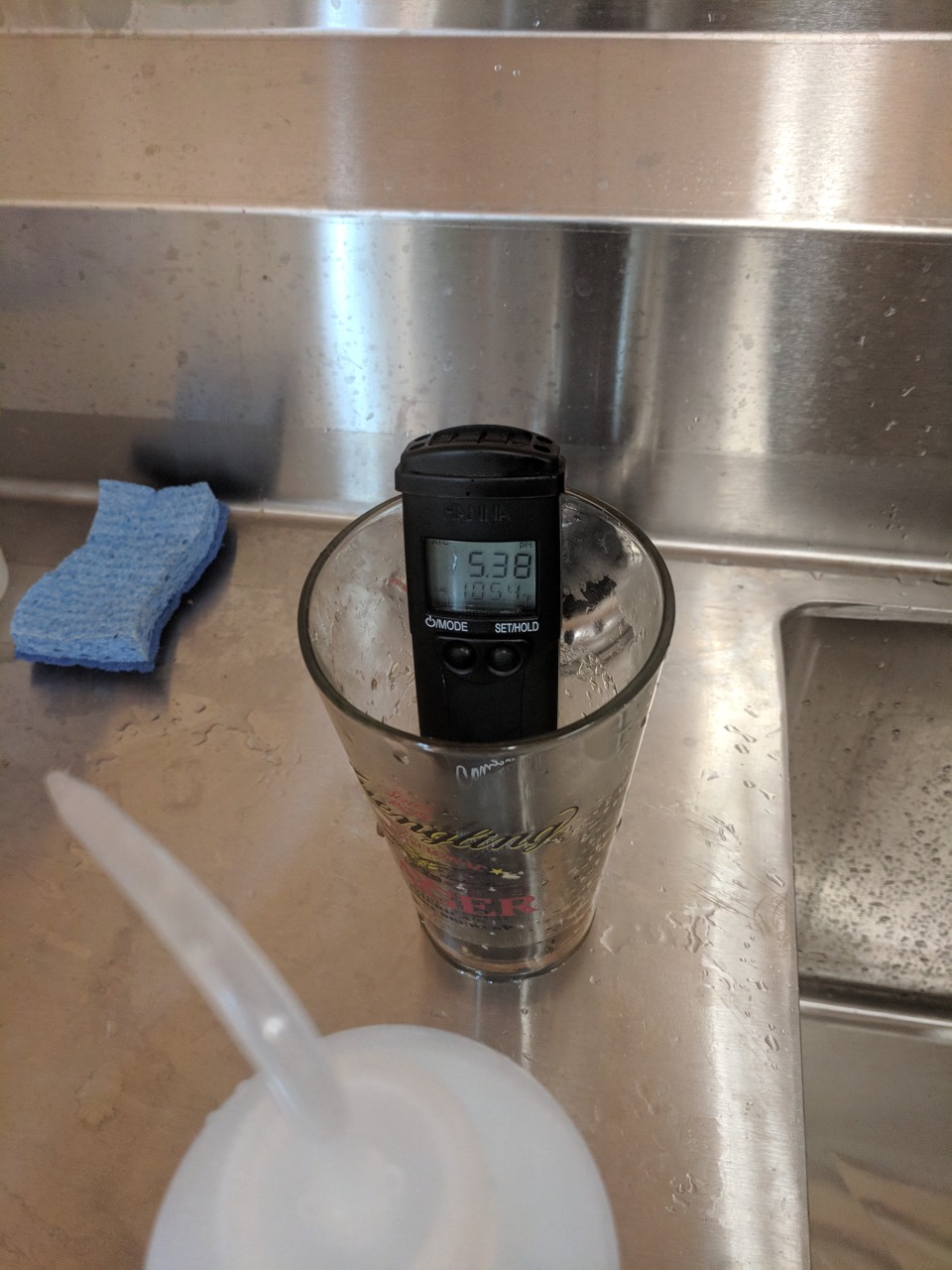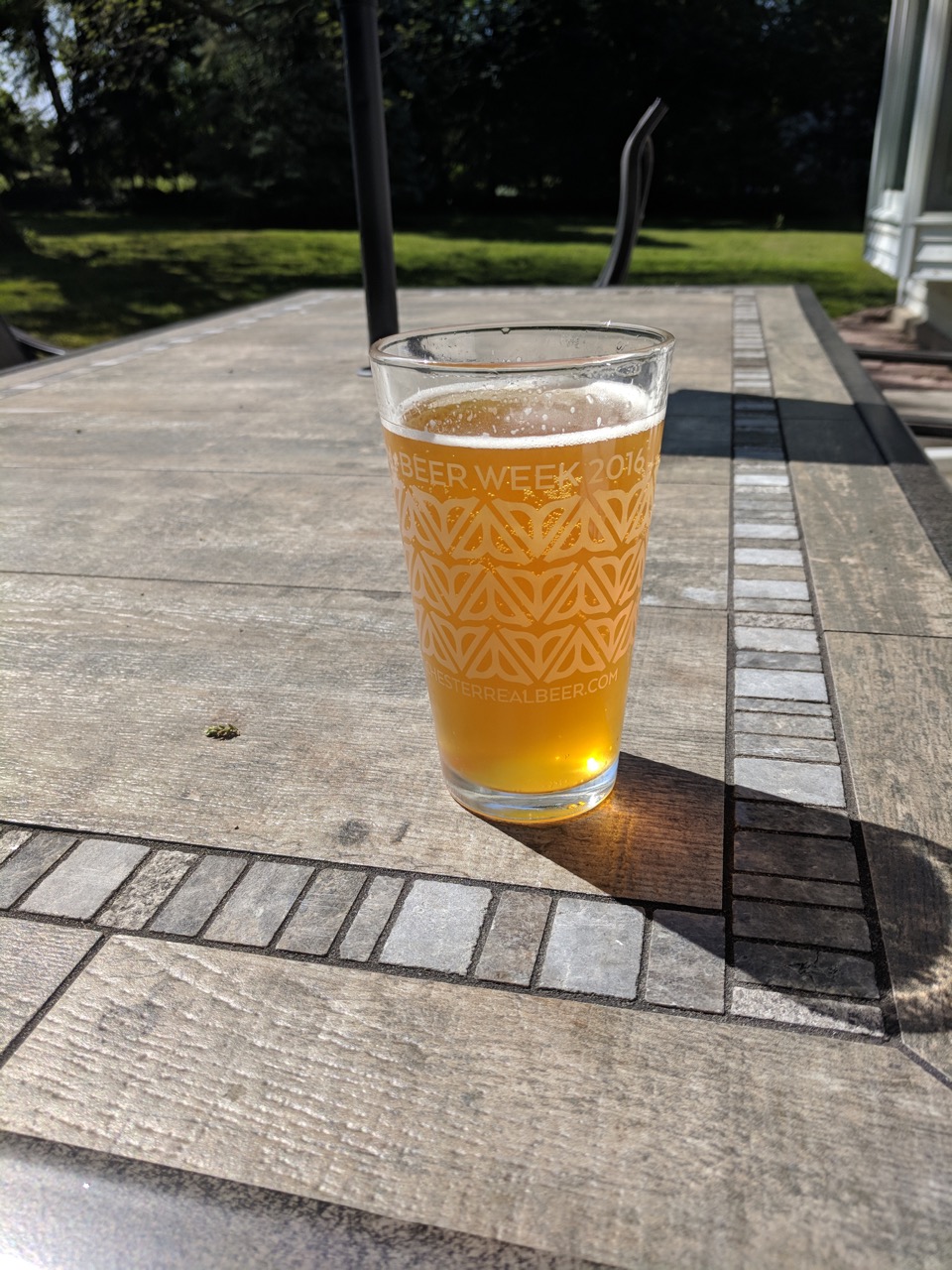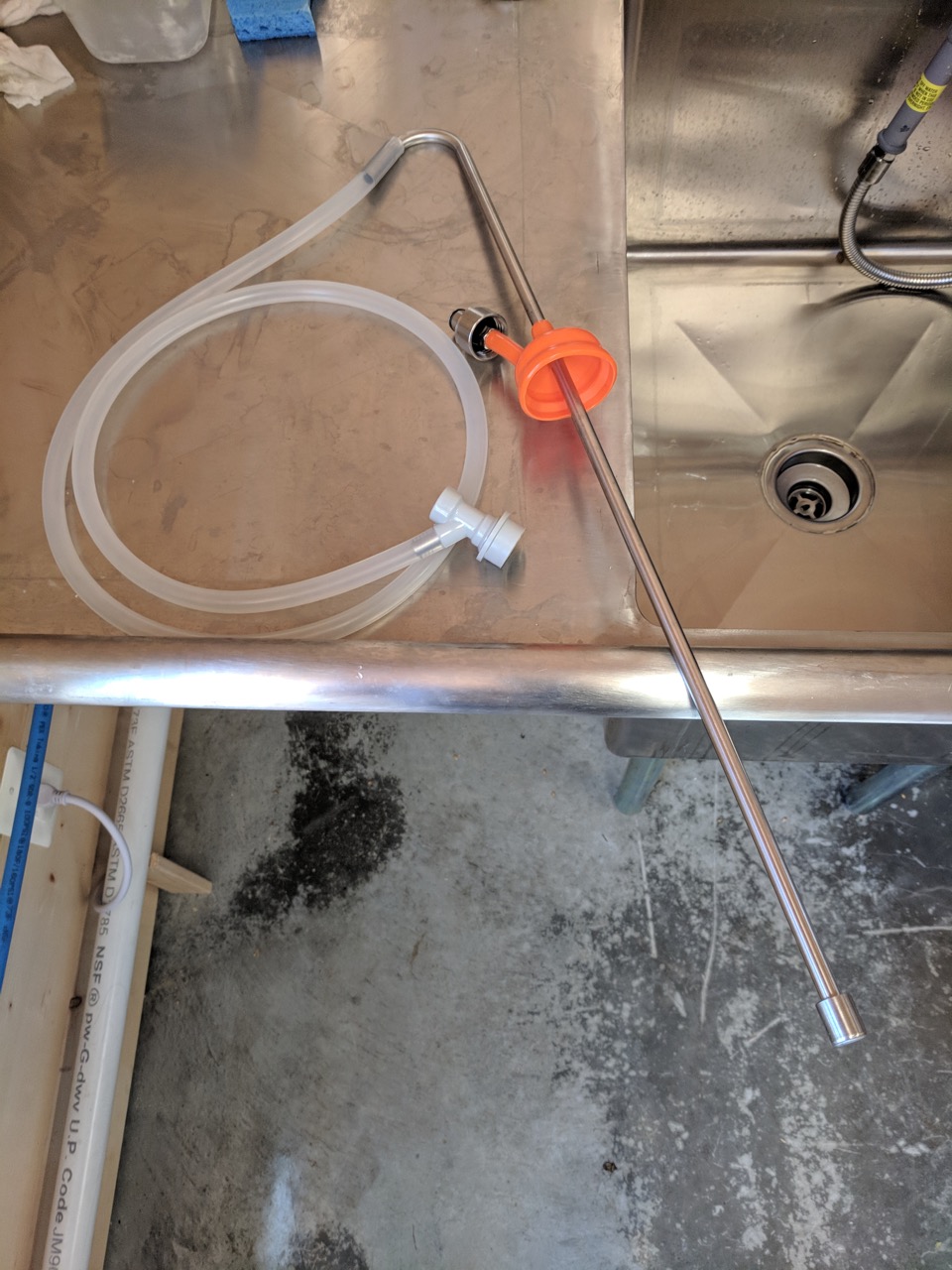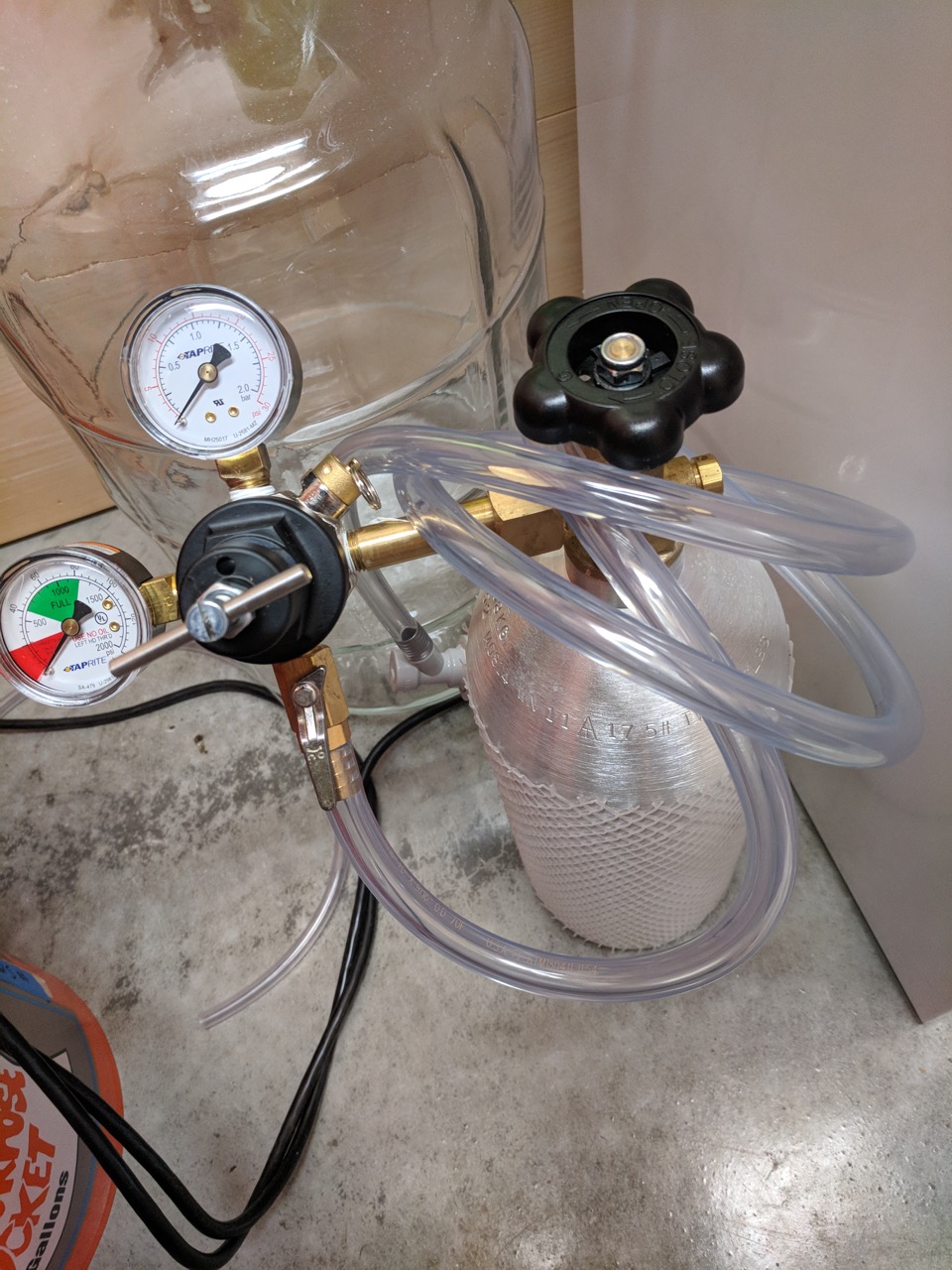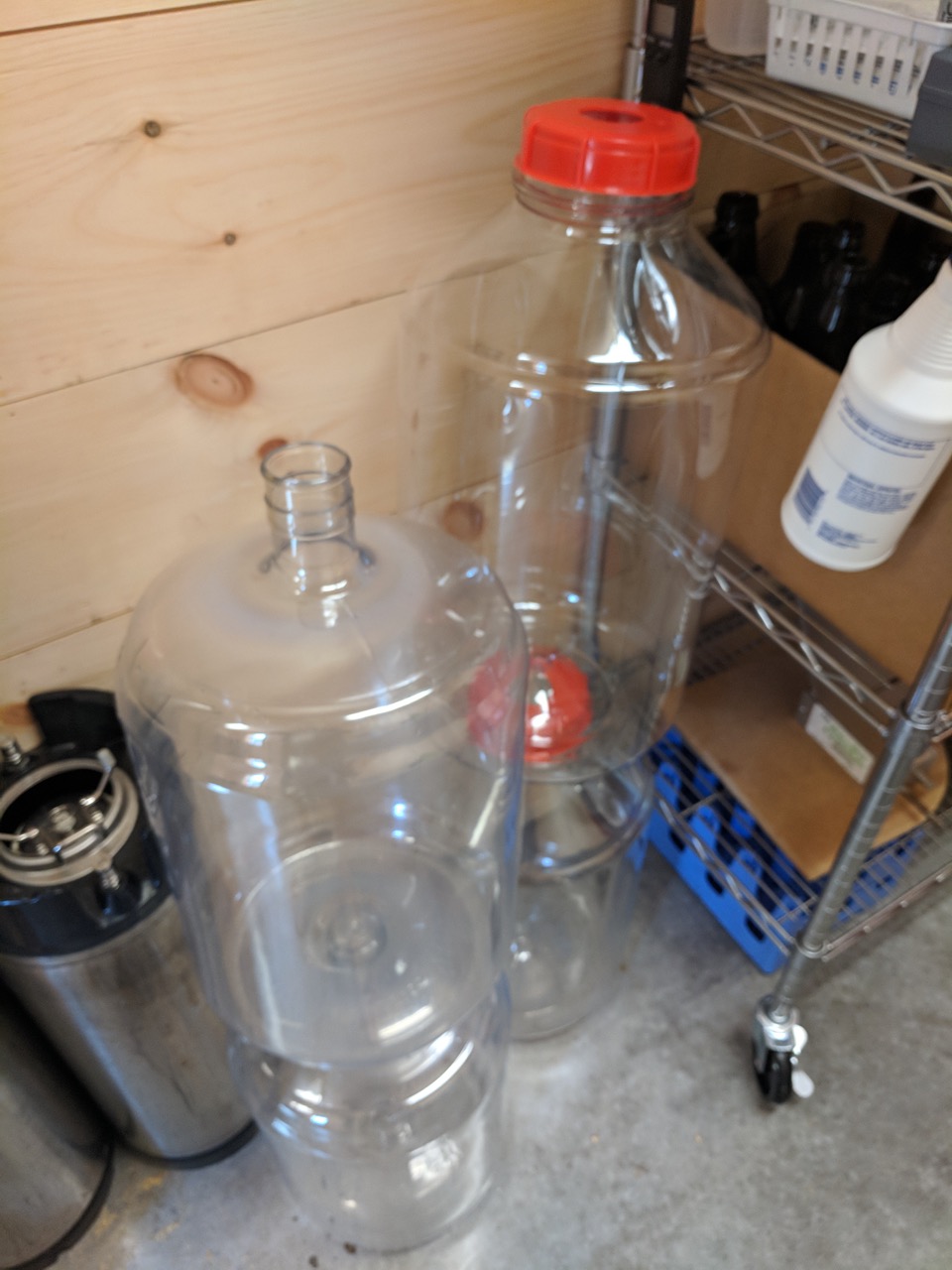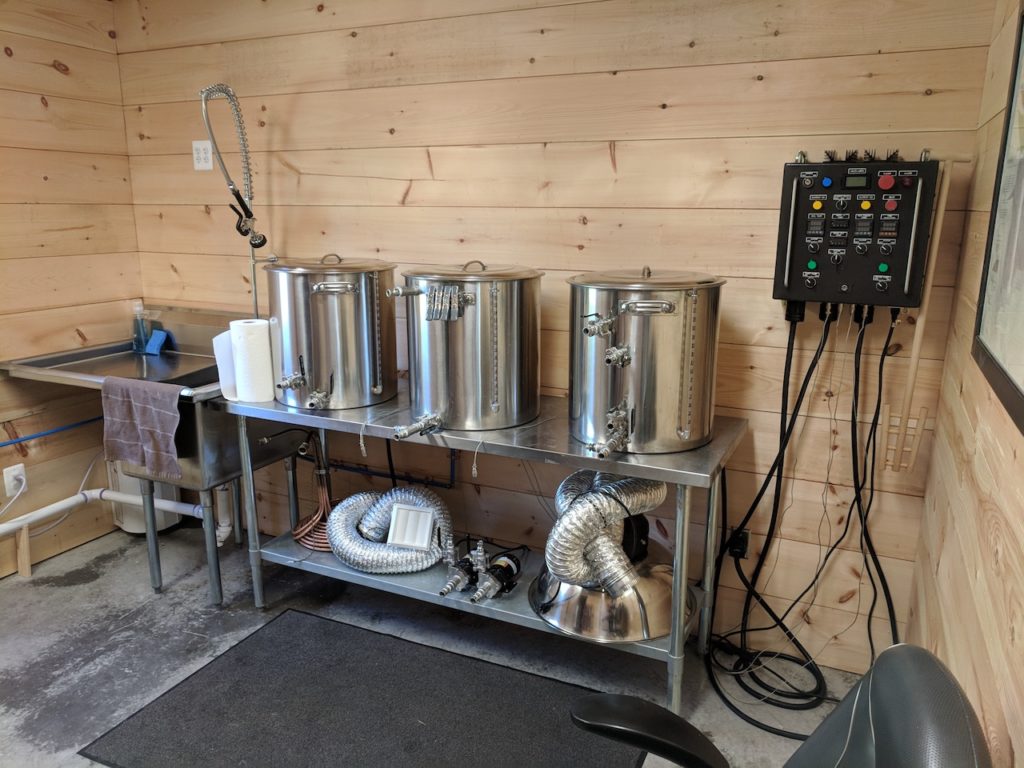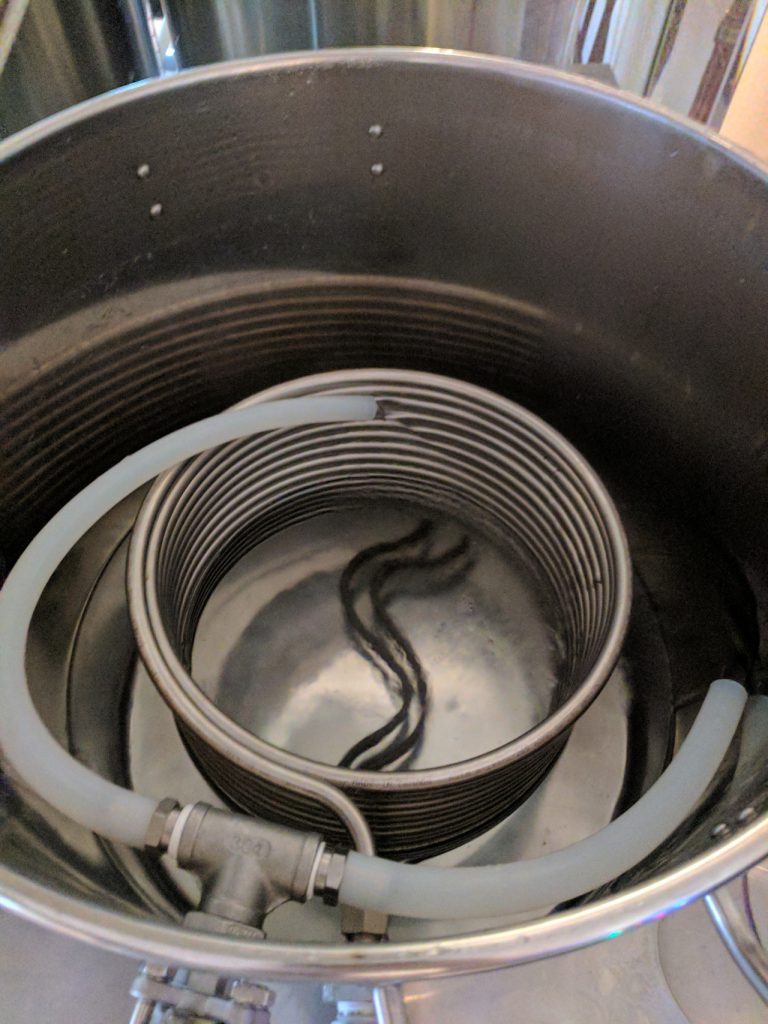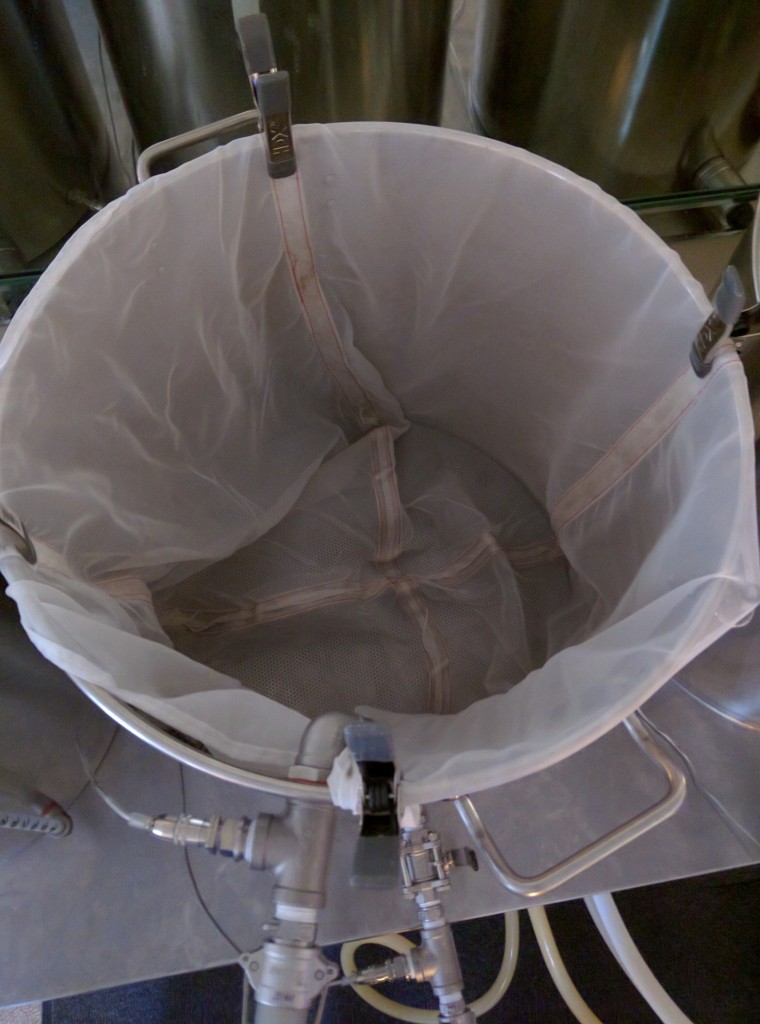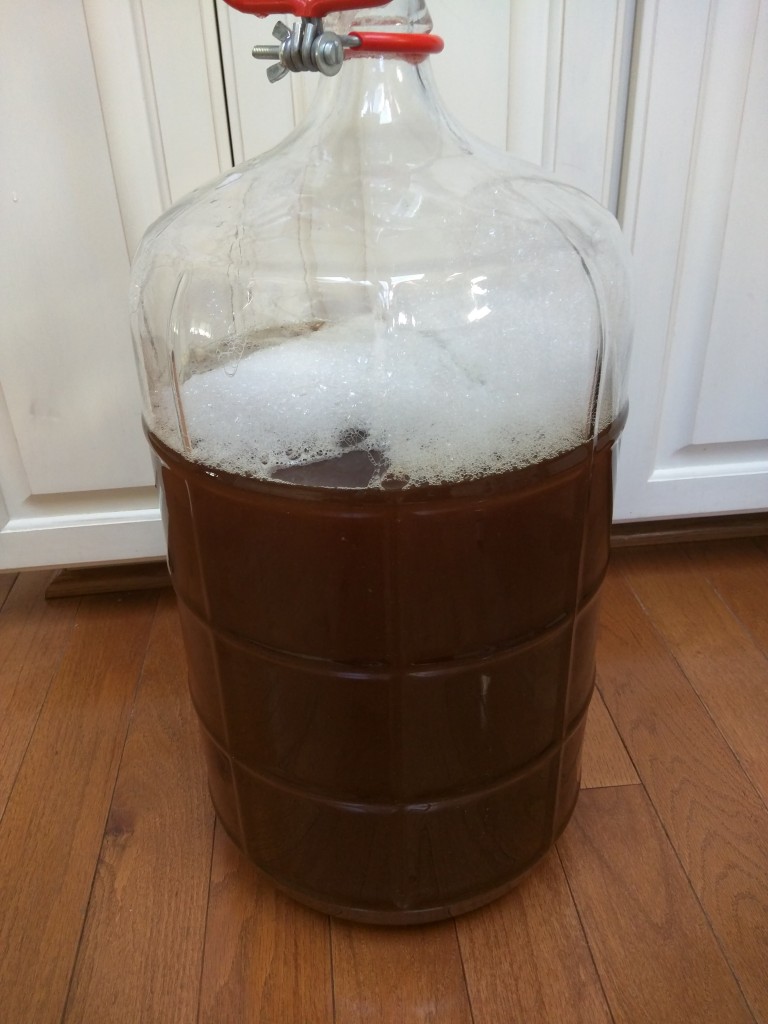After brewing for the first time after a while the HLT PID controller (Auber SLY-2352) would no longer power up. Some of the temp probes seemed off too. The connections and wires for the probes needed to be cleaned up with some de-oxidizer. The PID was going to need to be replaced.
I had a few options. I could replace it with another SYL-2352. I could upgrade to a wifi enabled version of the same PID. It would be nice to monitor and control it from the house. The third option would be to replace it with a new product called the Ezboil. This is a power regulator that also has a PID like function. It was specifically made for this use case and has some benefits. Two of the most interesting to me is the much smoother power regulation vs the On/Off functionality of the PID controllers the second is the interface is a nob which seems like it would be nicer then the small clicky buttons on the PIDs. I decided to try something new and replaced both the boil and HLT controllers with Ezboils.
I used a DSPR-320 for the HLT which has support for automated step mashing. For the boil kettle I used a DSPR-300 which does not have the multi event support that the 320 does. They also have a new product (SYL-2802B) that would have been nice to use for my mash in and out temp. It has two temp displays in a 1/16 DIN space.

Auber three vessel recommendations
Hot Liquor Tank (HLT): EZboil DSPR320 is recommended for step mashing. For single infusion mashing, DSPR300 is recommended.
Mash Tun (MT): One thermometer is needed for MT. For HERMS system, DSPR120 is recommended (similar price to standard PID, similar look to other EZboils). If you need to use external alarms for MT, you can use DSPR300. For two channel readout thermometer, SYL-2802 is recommended.
Boil Kettle (BK): DSPR300 is recommended. If you need multi-event timer for adding different hops, DSPR320 is recommended.




